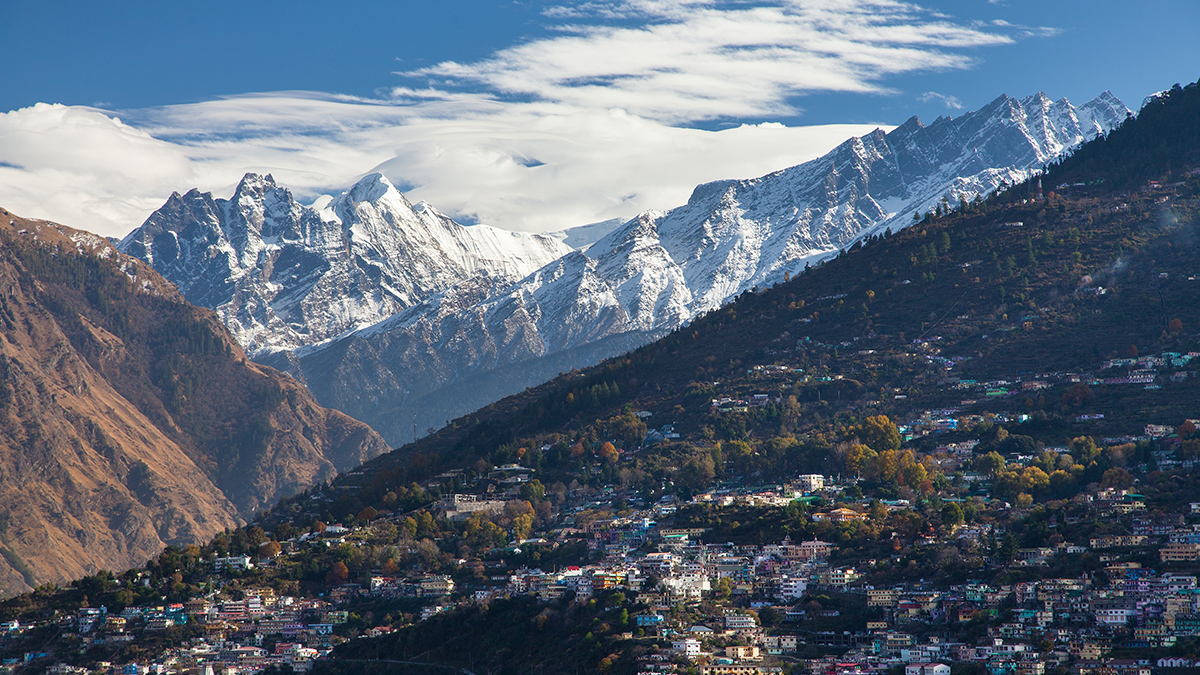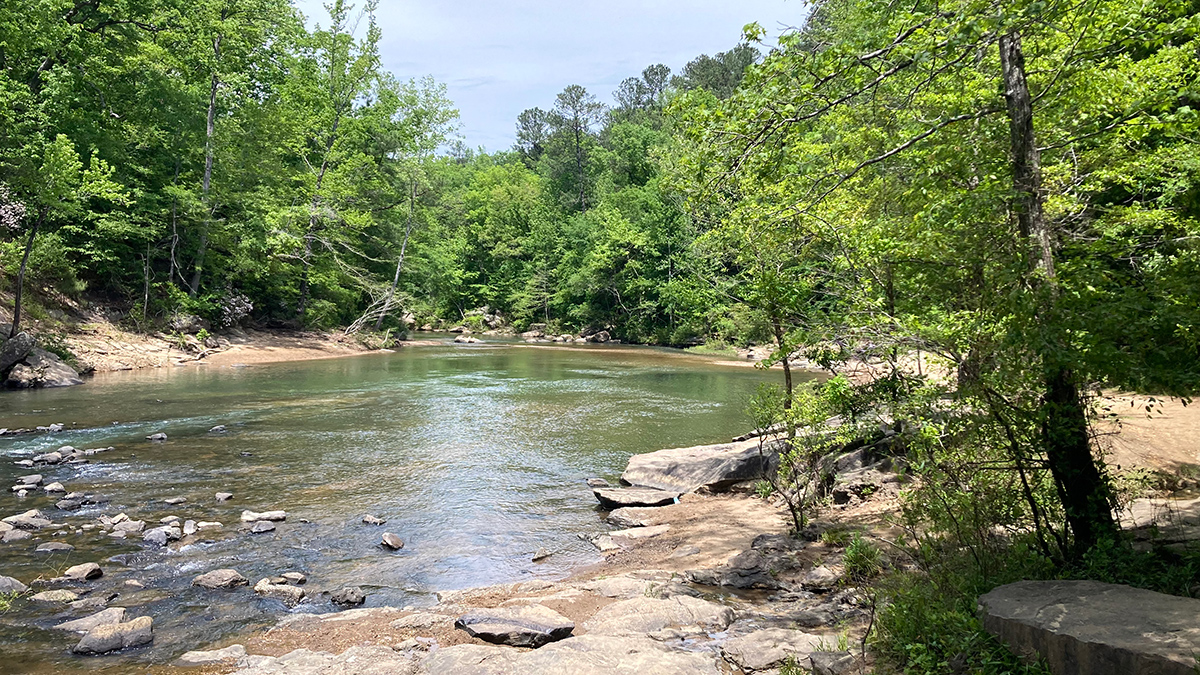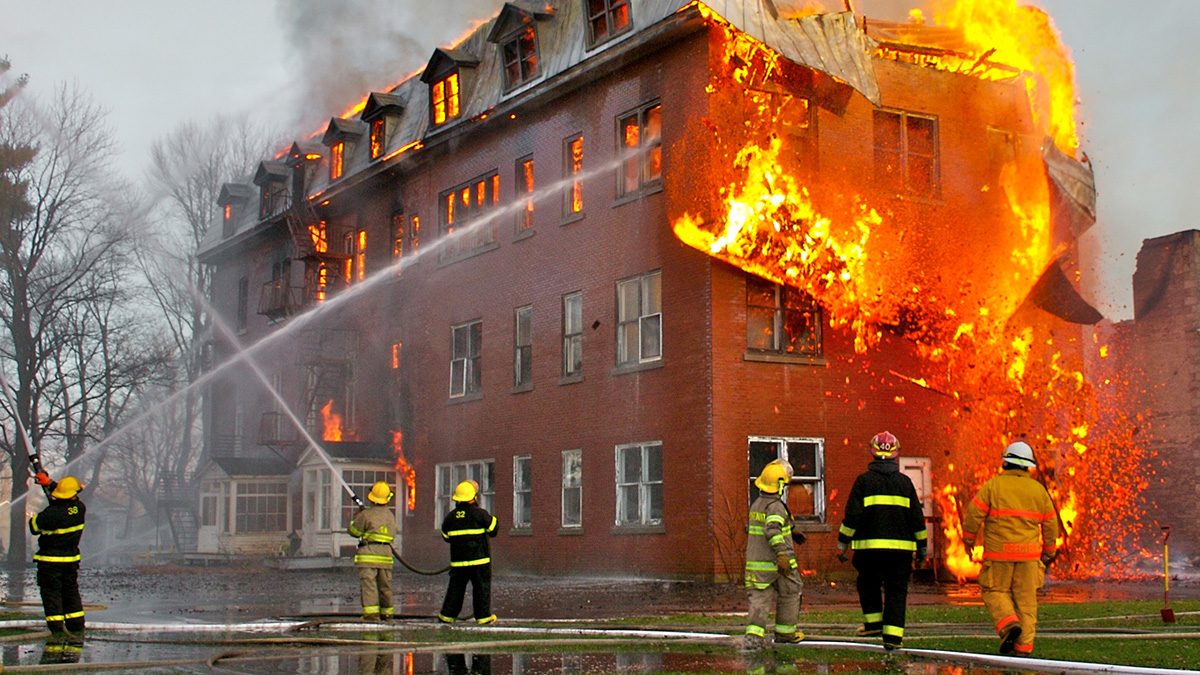Expansive construction in fragile mountain environments is often pursued without adequate consideration of heightened hazards and local concerns, putting people and infrastructure at greater risk.
forests
Peatland Plantations in Southeast Asia are Carbon Hotspots
A new study reports a rare set of data on greenhouse gas production and transport for a tropical peatland plantation showing exceptionally high concentrations of dissolved organic carbon.
Sensing Potential, Scientists Refine Thermal Imaging of Ecosystems
At a recent “bake-off,” researchers judged thermal infrared cameras and developed guidelines for their consistent use in studying vegetation temperatures, which illuminate vital ecosystem processes.
Megadroughts Have Grown in Size and Scope
A new study maps and ranks the largest, longest-lasting, and most severe multiyear droughts from 1980 to 2018.
Boreal Forests May Be on the Move
A new model shows a tendency for tree cover to decline in warmer areas and increase in colder ones.
Logjams Promote Floodplain Complexity and Hydraulic Resistance
Using a new model, scientists compare logjam hydraulic impact across 37 reaches observed over 11 years in the Colorado Rockies.
Mobile Bay Has More Branching Brooks Than Shown on Federal Maps
A more accurate charting of the full extent of stream networks will help land managers better protect U.S. creeks and rivers.
Snowmelt Sends Caribou Packing
Researchers compared caribou tracking data with satellite observations to learn whether snowpack conditions trigger the animals’ arduous annual migration.
Why Wildfires Started by Humans, Cars and Power Lines Can Be More Destructive and Harder to Contain
While climate change sets the stage for larger and more intense fires, humans are actively fanning the flames.










